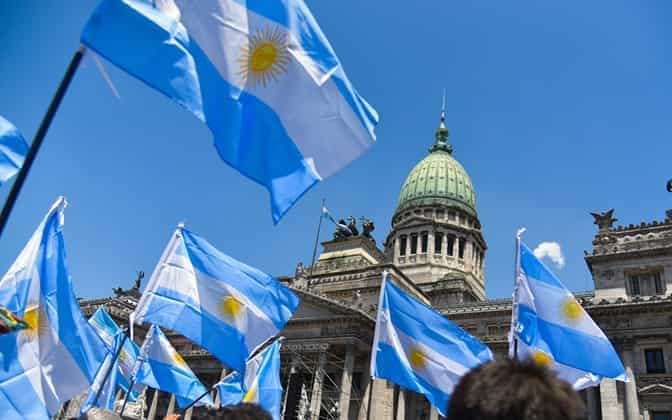In a dramatic shift from his earlier stance, Argentina’s libertarian president Javier Milei—once a harsh critic of the International Monetary Fund (IMF)—has turned to the organization for crucial financial support. Despite past condemnations, Milei’s administration has embraced the IMF in a bid to stabilize the chronically indebted economy of the third-largest country in Latin America.
A $20 Billion Lifeline
In April, Argentina and the IMF reached an agreement under the Extended Fund Facility (EFF), securing a four-year loan package worth $20 billion. Of this amount, $12 billion has already been disbursed. A recent staff-level agreement on the first program review is pending final approval by the IMF’s Executive Board, expected at the end of July. If approved, Argentina will receive an additional $2 billion.
IMF Praises Milei’s Economic Reforms
Despite the controversial nature of Milei’s measures, the IMF has expressed strong support for his administration’s economic management. The organization highlighted Argentina’s progress in curbing inflation—down from a staggering 211% in 2023 to 118%—and praised the country for achieving its first fiscal surplus since 2010.
The IMF acknowledged the tough steps taken to reach these milestones: shutting down government agencies, laying off 50,000 public employees, and halting nearly all public infrastructure projects. According to the Fund, the program’s “solid start” is driven by the government’s “continued implementation of strong macroeconomic policies, including a firm fiscal anchor and tight monetary stance.”
Currency Controls and Market Reforms
As part of the IMF agreement, Argentina has dismantled many foreign exchange controls that had been in place since 2019. A new floating exchange rate system was introduced, with the Argentine peso trading within a pre-defined band.
“The transition to a more flexible exchange rate regime and the removal of most capital controls have been orderly,” the IMF noted, underscoring a key element in the government’s strategy to attract investment and rebuild confidence.
Strengthening International Reserves
Stabilizing the exchange rate and limiting the issuance of new currency have helped keep the dollar price steady in Argentina. The IMF praised the results: “The official exchange rate has remained near the midpoint of the band, disinflation has resumed, economic expansion continues, and poverty is on the decline.”
The Fund also highlighted Argentina’s early return to international capital markets—an achievement previously thought unlikely in the short term. On the issue of the country’s fragile international reserves, the IMF stated that “policy understandings were reached to safeguard the fiscal anchor and rebuild reserves.”
Support from the Inter-American Development Bank
Further bolstering Argentina’s reform agenda, the Inter-American Development Bank (IDB) announced this week the approval of two loans totaling $1.2 billion. These funds will support key reforms aimed at enhancing the country’s fiscal sustainability. The loans are part of a broader $10 billion financial assistance package promised by the IDB in April.
A History of Debt
Argentina remains the IMF’s largest debtor—surpassing even war-torn Ukraine—with 23 agreements signed since 1958. In 2018, amid a deep recession and a plunging peso, the IMF granted Argentina its largest loan in history: a $57 billion package, of which around $44 billion was disbursed. The agreement was refinanced in 2022.
Today, under Milei’s radical leadership, Argentina is attempting to break the cycle of dependency and crisis by pushing through one of the most aggressive reform agendas in its recent history—with the IMF and other international lenders cautiously optimistic about the results.
As the IMF’s board prepares to green-light the next disbursement, all eyes remain on whether Argentina can maintain the momentum—and whether Milei’s bold economic experiment will deliver long-term stability.

